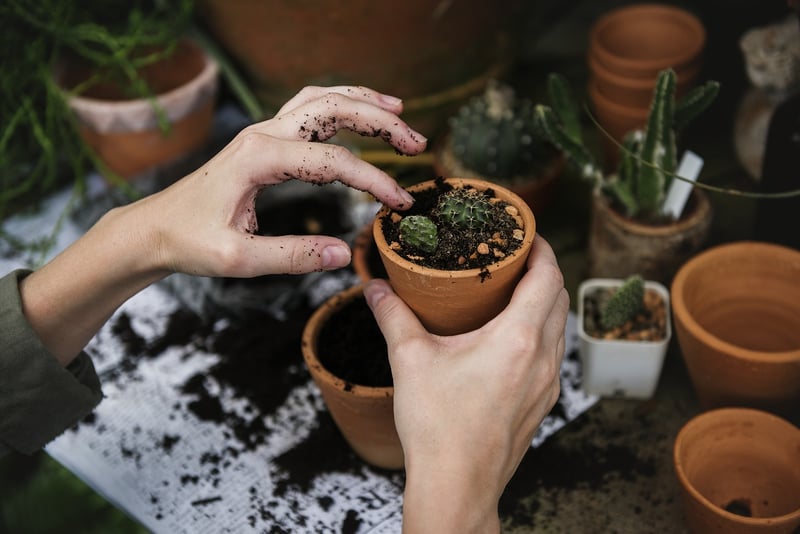Pruning Techniques
Keeping Your Garden Thriving: Essential Pruning Techniques
Welcome to our guide on how to keep your garden flourishing through effective pruning techniques. Pruning is a vital aspect of garden maintenance that helps promote plant health, enhance growth, and improve overall aesthetics. By understanding the basics of pruning and implementing the right techniques, you can ensure that your garden remains healthy and beautiful throughout the year.
The Importance of Pruning
Pruning is necessary for several reasons:
- Promotes plant growth and development
- Removes dead or diseased branches
- Shapes plants for aesthetic purposes
- Improves air circulation and light penetration
- Controls the size of plants
Essential Pruning Techniques
1. Deadheading
Deadheading involves removing spent flowers to encourage new blooms and prolong flowering periods. This technique is commonly used for flowering plants such as roses, petunias, and marigolds.
2. Thinning
Thinning is the process of selectively removing branches to improve air circulation and reduce overcrowding. This technique is beneficial for trees and shrubs to prevent diseases and promote healthy growth.
3. Heading Back
Heading back involves cutting back branches to a healthy bud or lateral branch. This technique helps control the size and shape of plants, making them more compact and bushy.
4. Rejuvenation Pruning
Rejuvenation pruning is used to revive overgrown or neglected plants. It involves cutting back the plant drastically to stimulate new growth and restore its vitality.
Conclusion
Pruning is a crucial practice for maintaining a healthy and thriving garden. By mastering essential pruning techniques, you can promote plant growth, improve aesthetics, and ensure the overall well-being of your garden. Remember to use the right tools and techniques for each plant type to achieve the best results.
Happy pruning!

For more gardening tips and tricks, visit Gardeners World.
